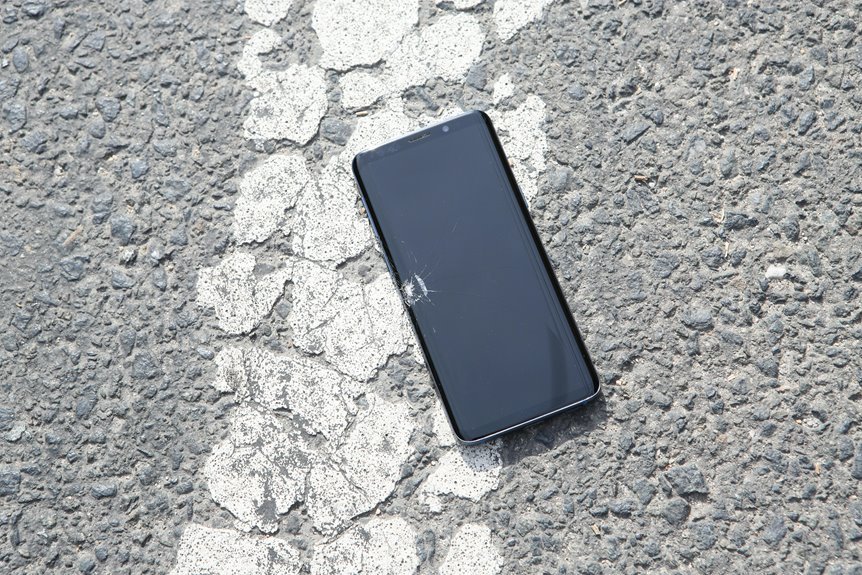7701407029 Analyzing Patterns in Regional Mobile Usage

Analyzing patterns in regional mobile usage reveals distinct trends shaped by various factors. Demographics and cultural contexts significantly influence device preferences and app interactions. Developed markets often gravitate towards high-end smartphones, while emerging economies prioritize affordability. Moreover, the choice of applications reflects cultural values, highlighting differences in communication styles. Understanding these nuances can inform strategic decisions for businesses. What implications do these insights have for future mobile technology and commerce?
Mobile Usage Trends Across Different Regions
How do mobile usage trends vary across different regions?
Regional demographics significantly influence device preferences, resulting in distinct patterns of mobile usage. In developed areas, high-end smartphones dominate due to greater disposable income, while emerging markets often favor budget devices.
This disparity reflects diverse consumer needs, fostering unique mobile ecosystems that cater to local requirements and aspirations, ultimately shaping the global mobile landscape.
Cultural Influences on Mobile Device Interaction
Cultural factors play a significant role in shaping how individuals interact with mobile devices, influencing everything from app preferences to communication styles.
The cultural context significantly affects device preferences, as societal norms dictate functionality and aesthetic choices. For instance, collectivist cultures may favor communication apps that enhance group interactions, while individualistic cultures might prioritize personalization features, reflecting diverse user needs and behaviors.
Consumer Behavior Insights From Mobile Data
As mobile devices have become integral to daily life, analyzing consumer behavior through mobile data reveals critical insights into user preferences and interactions.
Patterns in device adoption highlight trends in demographic engagement, illustrating how preferences shift based on functionality and accessibility.
Such insights empower businesses to tailor offerings, enhancing user experiences and fostering a more personalized approach to mobile technology and services.
Future Implications for Mobile Technology and Commerce
What trends will shape the future of mobile technology and commerce? The integration of 5G advancements will significantly enhance connectivity, enabling faster mobile payments and innovative applications.
This transition will empower consumers with seamless transactions and real-time interactions. As mobile technology evolves, businesses must adapt to these changes, ensuring they harness the potential of enhanced network capabilities to optimize user experience and expand commerce opportunities.
Conclusion
In conclusion, the analysis of regional mobile usage patterns underscores the profound impact of demographics and cultural factors on consumer behavior. For instance, a striking statistic reveals that 70% of smartphone users in collectivist cultures prioritize group communication apps over individualistic platforms. This preference highlights the necessity for businesses to adapt their strategies to align with regional values and habits. By acknowledging these differences, companies can enhance user engagement and optimize their offerings in the increasingly diverse mobile landscape.




